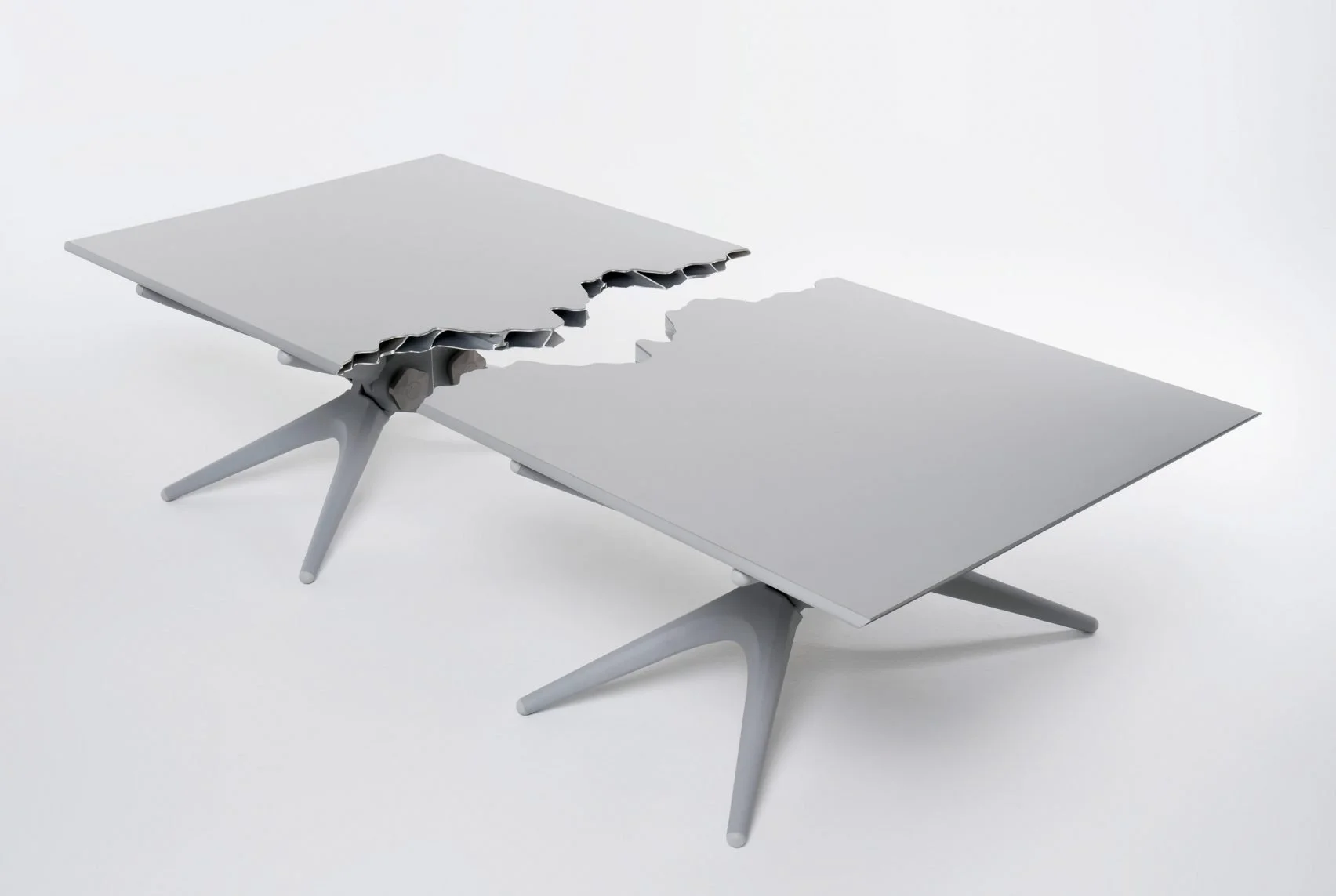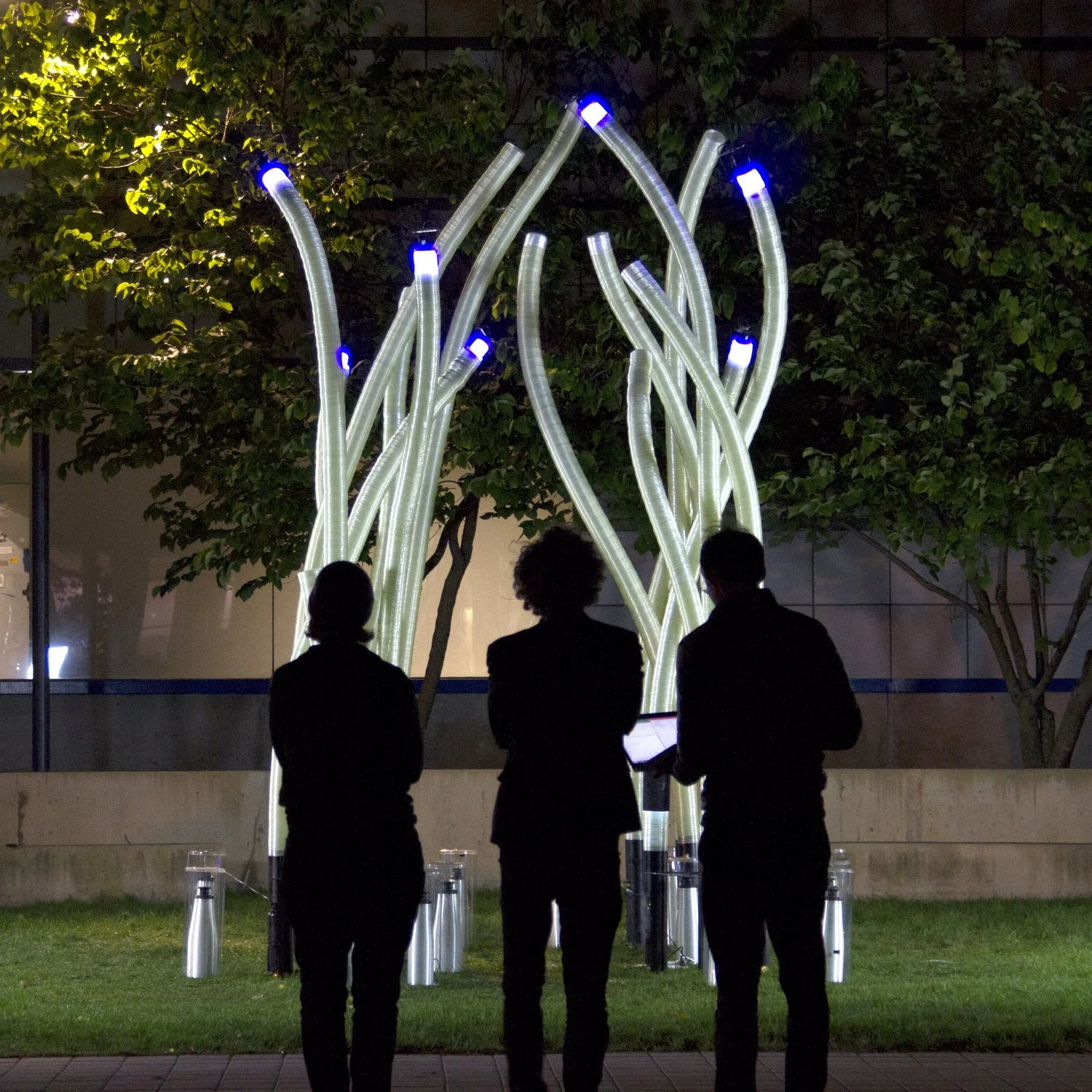P R O L E A R N
Rethinking furniture design involves embracing sustainability and circular economy principles to create pieces that are not only functional and aesthetically pleasing but also environmentally responsible. This approach focuses on using innovative materials and sustainable production processes to minimise environmental impact.
Key Characteristics
Sustainable Materials: Prioritising renewable, recyclable, and biodegradable materials in furniture design.
Circular Design Principles: Emphasising reuse, refurbishment, and recycling to extend the lifecycle of furniture.
Eco-Friendly Production: Implementing energy-efficient manufacturing processes and reducing waste.
Benefits
Environmental Impact Reduction: Sustainable furniture design reduces deforestation, pollution, and waste.
Cost Efficiency: Using recycled materials and efficient production methods can lower costs over time.
Consumer Appeal: Increasing demand for eco-friendly products can enhance brand reputation and customer loyalty.
Challenges and Considerations
Material Sourcing: Ensuring a consistent supply of sustainable materials can be challenging.
Design Complexity: Balancing sustainability with functionality and aesthetics requires innovative design thinking.
Market Education: Educating consumers about the benefits of sustainable furniture is crucial for widespread adoption.
Innovative Applications
Recycled Materials: Utilising materials like recycled plastics, reclaimed wood, and repurposed metals to create unique furniture pieces.
Modular Design: Designing furniture that can be easily disassembled, repaired, or reconfigured to extend its lifespan.
Local Sourcing: Reducing carbon footprint by sourcing materials locally and supporting regional economies.
Future Outlook
As awareness of environmental issues grows, the demand for sustainable furniture is expected to increase. Innovations in material science and production technology will continue to drive the development of eco-friendly furniture solutions that align with circular economy principles.
Call to Action:
Evaluate your current approach to furniture design and consider integrating sustainable practices and circular design principles. Explore partnerships with suppliers of eco-friendly materials and invest in developing innovative designs that meet both aesthetic and environmental goals.










